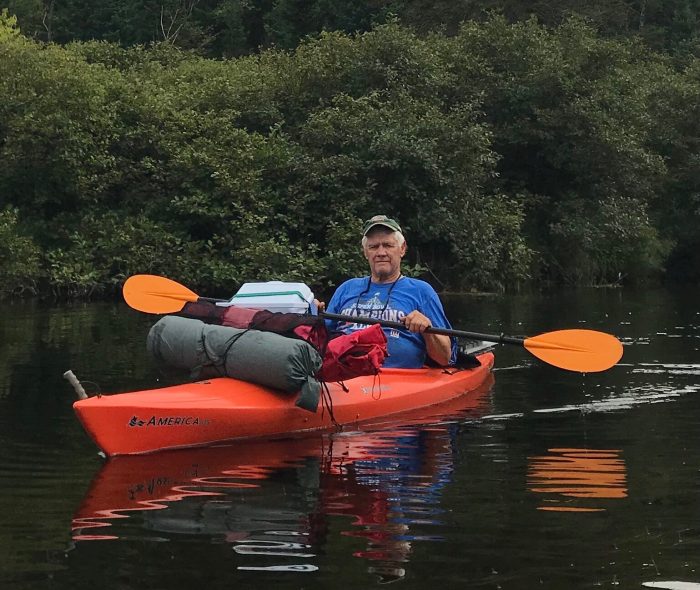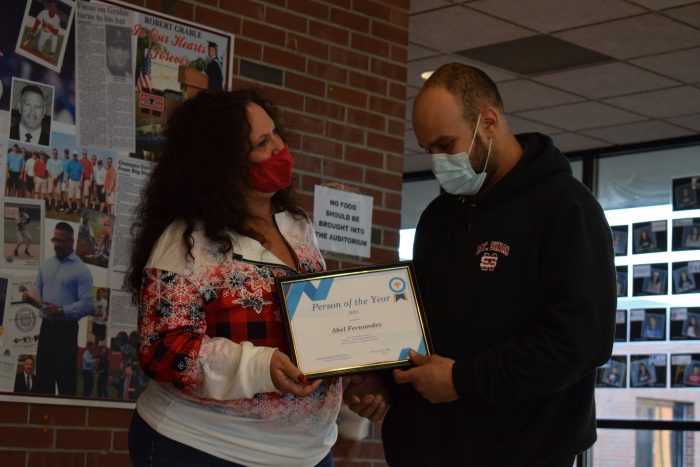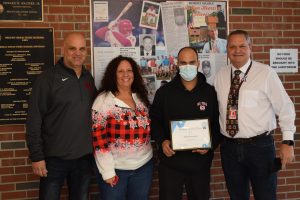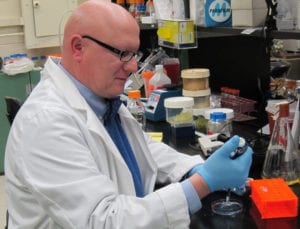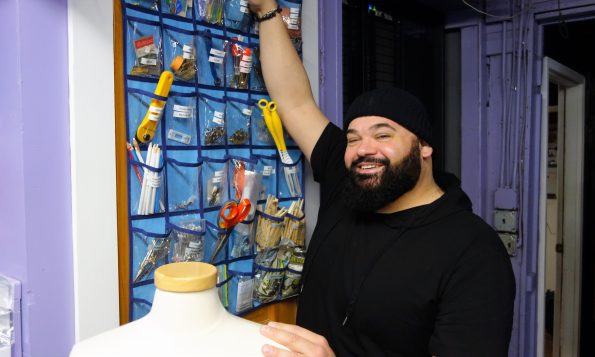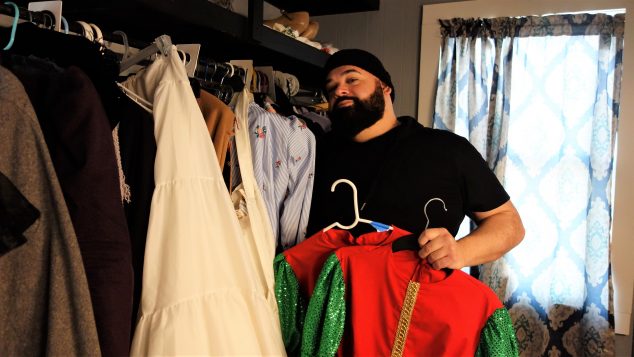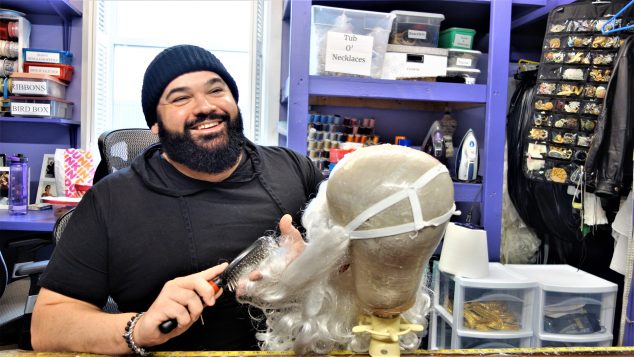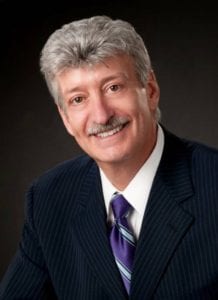Port Jefferson Village trustee Stan Loucks puts his all into everything he does.
A resident of Belle Terre for more than 40 years, he has been involved with different aspects of the village for nearly a quarter of a century.
Retired after decades in education as the athletic director of the Plainview-Old Bethpage school district, he has now devoted his life now to serving his community in the village as liaison to the country club and village recreation.
But along with his constant community service, he also took on the role as trustee six years ago and was reelected this past summer for another term.
“I’m proud of my accomplishments up at the country club,” he told TBR News Media in May as he began campaigning. “I introduced the bond to build a new maintenance facility up at the country club, we put in a new irrigation system, we created a new fitness center, renovated the locker rooms, increased our membership twofold. Over the years, I just want to continue to improve. I’ve got ideas about going forward with pickleball up at the country club and many more ideas to come down the road.”
With the country club, he has been on the tennis board, the board of governors, as well as on the management advisory committee.

Longtime friend and former employee Ron Carlson said that Loucks’ service to the village covers over two decades.
“His service began as a volunteer for the country club management advisory committee,” he said. “He initially served as greens chairman, and several years later was appointed president of the CCMAC.”
Carlson added that after 12 years as a volunteer, he decided to further his commitment to the village, run for trustee, was elected and became appointed as deputy mayor.
In his role as trustee, he is responsible for overseeing the operations of both the recreation department and the country club, including management of all programs, beaches, parks and the operation of the Village Center.
As country club liaison, he oversaw the construction of the new maintenance facility, renovations to the golf pro shop and snack bar, fitness center, card room, golf scoreboard and patio area.
Carlson said that during those builds, he would not give commands — he’d be in the trenches with the contractors doing work.
“It’s not something he takes lightly,” Carlson said. “Nobody has ever gotten involved like he does.”
He added that over the past 20 years, Loucks “has given thousands of hours to the benefit of all village residents. He is well liked and respected by all who know him and is a true leader and gentleman.”
Carlson, who has worked in the village for 50 years, said that he has “never witnessed a trustee more involved and more personally engaged in projects involving the village.”
“He dives right in and does it himself,” he added. “He gets involved personally.”
Mayor Margot Garant, who named him deputy mayor last term, said that he’s personable and an advocate for his community.
“You cannot help but like him,” she said. “He’s a perfect fit for public service.”
Peggy Loucks, his wife, said that since he worked so long in education, he always loved kids and sports — which eventually led him to become involved with the village’s recreation department and its activities.
“When he’s elected or asked to do something, he’s extremely dedicated,” she said. “He’s a really hard worker.”

She joked that although he’s been retired, he works so much for his community that she still barely sees him.
“He cannot sit still,” she said with a laugh. “You just can’t stop him from working.”
Peggy Loucks thinks that to him, getting involved is not just a job — it’s a passion that he lives for.
“He feels that people should be giving back to the community,” she said. “We love it here, and he’d give you the shirt off his back.”
Carlson agreed.
“Recognition of his 20-plus years of outstanding community service is long overdue,” he said.

